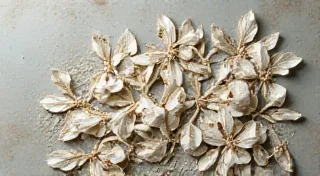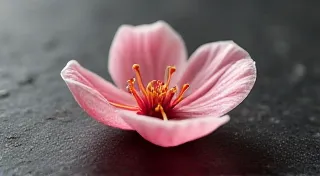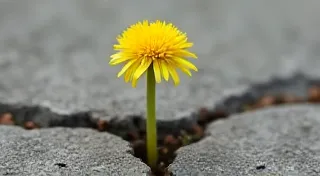Chromatic Echoes: Unlocking the Palette of Edo-Era Kumihimo
The air in antique shops holds a peculiar magic. It’s not just the scent of aged paper or polished wood, but a quiet resonance of lives lived, of hands that toiled, of stories woven into the very fabric of things. I remember the first time I encountered a fragment of Edo-era Kumihimo—a small, worn square of intricately braided cord, the colors faded yet undeniably vibrant, whispering of a time long past. It felt less like an object and more like a fragment of a dream.
Kumihimo, literally “gathered threads,” is a traditional Japanese braiding technique with roots stretching back centuries. While its origins are debated, it truly blossomed during the Edo period (1603-1868), becoming an integral part of Japanese culture and artistry. But appreciating the skill of the braiding itself is only half the story. To truly understand Kumihimo of that era, one must delve into the colors used – a palette shaped by availability, social hierarchy, and the evolving tastes of a nation.
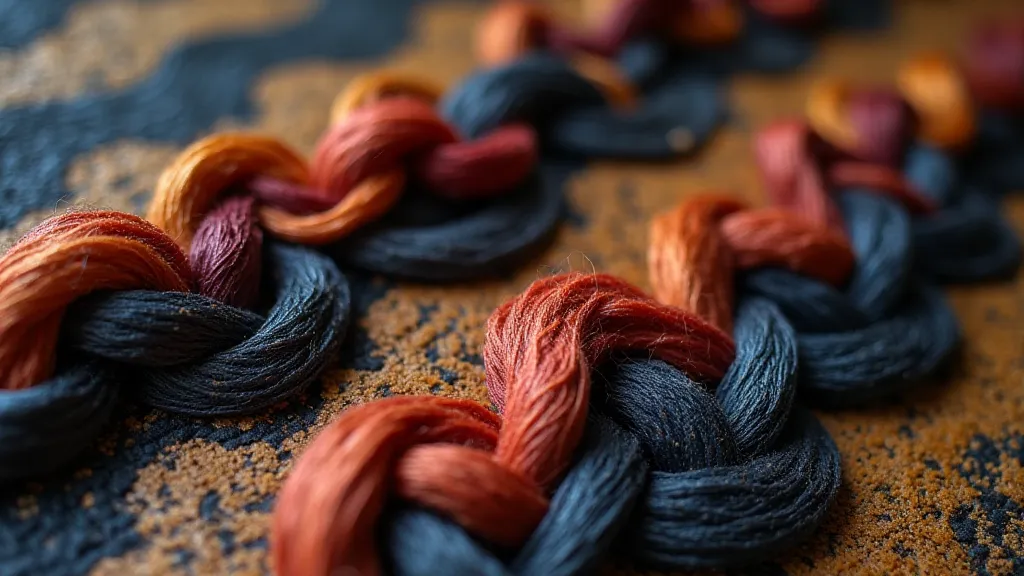
The Dyes of Distinction: Nature’s Palette
The colors available to Edo-era Kumihimo artisans were entirely dependent on what nature provided and the ingenuity of dyer's skills. Synthetic dyes were centuries away; colors were derived from plants, minerals, and sometimes even insects. Indigo reigned supreme for blues, extracted from the Indigofera tinctoria plant. Crimson was achieved with madder root (Rubia tinctorum), though shades could vary dramatically based on processing and mordants. Yellows and ochres came from safflower, turmeric, and various barks. Green was often a combination of yellows and blues, a testament to the dyer’s ability to manipulate subtle shifts in color.
Obtaining these dyes was not a simple process. It required extensive knowledge of botany, chemistry, and meticulous processing techniques. The quality of the dye profoundly impacted the final result. The best dyes, known as “koshi-iro” (expensive colors), were highly sought after and reserved for the elite. A truly skilled dyer was not just applying color, but creating an experience—a reflection of the natural world translated into textile art. The very structure of the braiding process, with its specific geometric arrangements, was often intrinsically linked to broader concepts of reverence, a connection further explored in The Geometry of Reverence: Kumihimo and Shinto Cosmology.
Color and Class: A Hierarchy of Hues
In Edo-era Japan, color was far more than just aesthetics; it was a visual marker of social status. The strict social hierarchy, with its clearly defined classes (samurai, merchants, peasants), extended to clothing and textiles. While the sumptuary laws fluctuated over the period, certain colors were associated with particular groups. Purple, particularly a deep, rich purple derived from the incredibly expensive “murakumo-gokushi” dye (a combination of several plant extracts), was almost exclusively reserved for the samurai class. It was a powerful symbol of their authority and privilege.
Even within the samurai class, nuances existed. Brighter, more saturated purples were often associated with higher-ranking officials. The merchant class, while economically powerful, faced restrictions. They were often limited to more muted colors like brown, indigo, and grey. Peasants, the backbone of Edo society, typically wore undyed or naturally toned fabrics. These restrictions, while often frustrating for those of lower status, inadvertently spurred innovation in dyeing techniques—the search for ways to subtly alter colors to push the boundaries of permissible hues.
Evolving Aesthetics: From Restraint to Expression
The early Edo period saw a preference for more subdued and restrained color palettes. Influenced by Zen Buddhism and the aesthetics of (finding beauty in imperfection), artisans favored muted tones and harmonious blends. However, as the period progressed, a greater appreciation for bolder and more expressive colors emerged, particularly among the merchant class who, while restricted in many ways, were also becoming increasingly prosperous and sought ways to express their individuality.
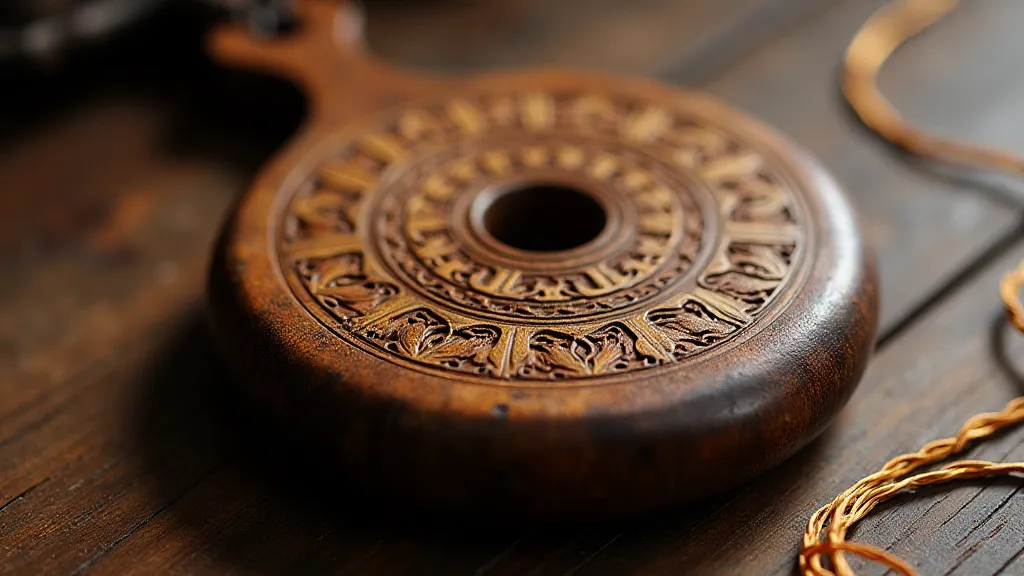
The rise of , woodblock prints depicting scenes of everyday life and entertainment, also played a significant role in shifting aesthetic preferences. Ukiyo-e artists were not afraid to experiment with vibrant colors and dynamic compositions, inspiring Kumihimo artisans to push the boundaries of their craft. We see an increased use of contrasting colors and more complex patterns – a visual reflection of a society undergoing subtle but profound changes. The transmission of Kumihimo techniques, and the nuances of color application, weren't simply about passing down skills, but a deep understanding of cultural context, as examined in A Legacy in Strands: Kumihimo's Transmission Through Generations.
Beyond the Hue: The Significance of Material
The material used to create Kumihimo also significantly influenced the final color and appearance. Silk, the most prized material, absorbed dye beautifully, resulting in vibrant, rich colors. Cotton, more readily available, generally produced more muted and less saturated hues. The type of silk itself varied – wild silks, with their uneven texture, created a subtle shimmer and depth of color that cultivated silks lacked. These minute variations further contributed to the unique character of each piece.
Restoring antique Kumihimo is an exercise in humility. It’s not about “fixing” something that’s broken, but about preserving a fragment of history. The fading of colors, the subtle variations in texture – these are not flaws, but witnesses to the passage of time. Collecting antique Kumihimo isn’t simply acquiring a beautiful object; it’s embracing a connection to the artisans who poured their skill and creativity into each strand. Stories of emperors and their influence on this artistry, often intertwined with the nuances of color choices, are briefly glimpsed within the wider history of Kumihimo, an area further explored in Whispers in Silk: The Kumihimo of Forgotten Emperors.
The Alchemy of Color: A Deeper Dive
Beyond the readily available information about dye extraction and application, the artistry of Edo-era Kumihimo involved a profound understanding of chemical reactions and subtle manipulation of materials. For example, the addition of metallic salts, known as mordants, could drastically alter the final hue of a dye. Alum, iron, and copper were commonly used, each yielding a different shade of the same plant extract. The dyer's skill lay not only in knowing which plants to harvest, but also in understanding how to coax the most beautiful colors from them.
Furthermore, the aging process of dyes significantly impacted their appearance. Some colors deepened and intensified over time, while others faded and softened. This inherent impermanence was an accepted part of the beauty of Kumihimo, a reflection of the aesthetic that permeated Japanese culture.
The Impact of Social and Economic Shifts
The Edo period was a time of significant social and economic change in Japan. The rise of the merchant class, despite their limited access to certain colors, created a demand for new and innovative textiles. This demand, in turn, spurred artisans to experiment with new dyeing techniques and color combinations. While sumptuary laws attempted to maintain social order, they often had the unintended consequence of fostering creativity and ingenuity.
The economic prosperity of certain regions also influenced the color palettes of Kumihimo. Areas with access to rare and expensive dyes tended to produce more vibrant and luxurious textiles. Conversely, regions with limited resources often relied on simpler, more readily available materials.
Preserving the Past: Techniques and Challenges
Preserving antique Kumihimo presents unique challenges. The dyes used were often highly susceptible to fading and degradation. Furthermore, the delicate nature of the materials requires careful handling and storage. Modern conservation techniques are often employed to stabilize the colors and prevent further deterioration, but the goal is always to preserve the authentic character of the piece.
Documenting the history of Edo-era Kumihimo is an ongoing process. Researchers are constantly uncovering new information about the dyes, techniques, and social context of this remarkable craft. The fragmented nature of the historical record often requires painstaking research and careful interpretation.
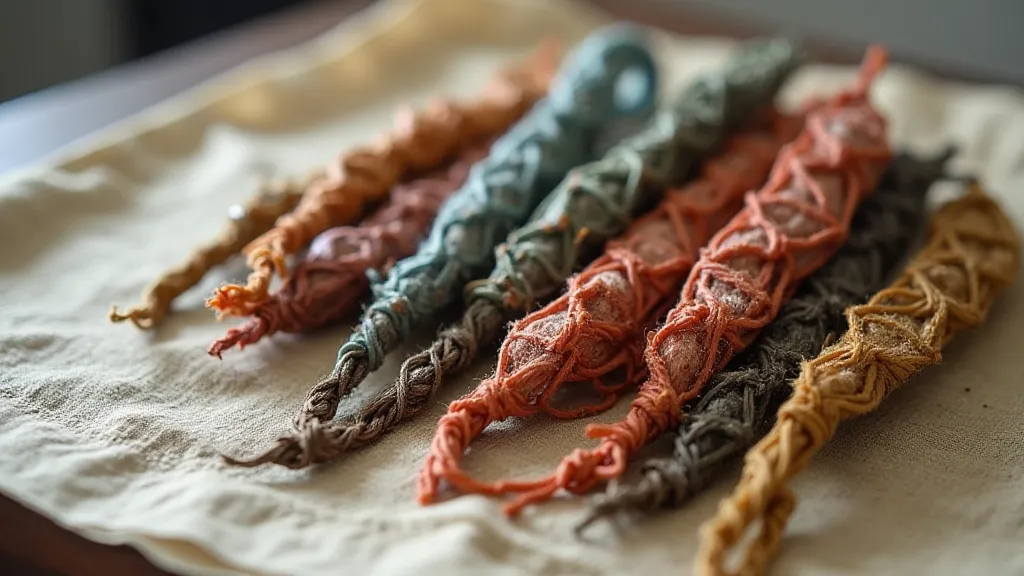
The reconstruction of lost Kumihimo techniques is another fascinating area of study. Examining existing examples and analyzing patterns can offer valuable clues about how these intricate braids were created. However, the lack of detailed written records often makes this process extremely challenging, as discussed in Fragments of Memory: Reconstructing Lost Kumihimo Techniques.
A Legacy Woven in Color
The color palettes of Edo-era Kumihimo offer a fascinating window into the social, economic, and aesthetic landscape of the time. They speak of privilege and restriction, of artistic innovation and the enduring power of natural beauty. Each faded hue tells a story – a testament to the hands that shaped it, the society that defined it, and the enduring legacy of this remarkable Japanese craft.
